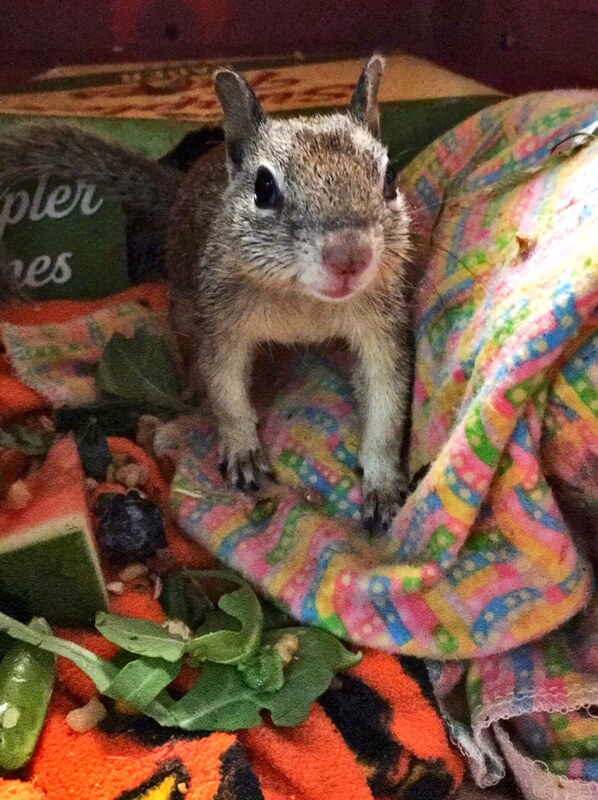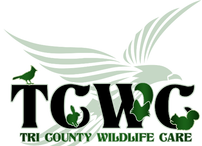February 2022 - California Ground Squirrel
|
Another one of our local squirrels is the California Ground Squirrel. These are found up and down the west coast from Washington to northern Baja California. They inhabit meadows, tree-covered hillsides, and rocky outcrops.
They are called ground squirrels because they live on the ground and in burrows rather than in trees like our Western Gray Tree Squirrel. The burrows may house several generations but each squirrel has his own private entrance. They don't travel far from the burrows and will quickly retreat to their burrows for safety. When abandoned, their burrows become habitat for rodents and snakes. The California Ground Squirrel's proper name is Spermophilus beecheyi, and nicknamed Beechey Ground Squirrel, named after Frederick William Beechey. Captain Beechey, a British naval officer and explorer, traveled along California on the HMS Blossom. The adult ground squirrel fur has a mottled look with a mix of gray, light brown and dusky fur. From the head down to the middle of the back, is a band of slight darker fur that is flecked with light gray. The cape of gray fur is over the head and shoulders thought to provide camouflage from predators. Underneath they are a light buff or grayish yellow. Though their diet is mostly comprised of seeds, barley, oats and acorns, they also eat eggs, insects (grasshoppers, crickets, beetles and caterpillars), tubers and fruits. They stuff their check pouches with more food than they can eat and then cache the food for the future. Breeding occurs in January through July. Dried vegetation is used to make a cup-shaped nest for a litter of 6-7 young. They are weaned at 55 days and full grown at 7-8 months. These squirrels use several means of communication from sounds and signaling with their tail to scents. When threatened, a high-pitched alarm call that can last for several minutes is used to tell the neighborhood what is happening. They are preyed on by hawks, eagles, coyotes, dogs and cats, and snakes so there are lots of reasons for alarm calls. Tail waving is used to deter snake attacks. Though they may wave their tail when no predator is present, it is waved faster and longer when there is a predator. It also serves to warn others of a predator nearby. A wild California ground squirrel can live up to six years. They can be pests to home gardens and agricultural areas, but they also may help control insect populations and contribute to seed dispersal when their caches are forgotten. Tri County Wildlife Care, a local nonprofit started in 1994, is dedicated to the rescue and rehabilitation of our native wildlife and helping our community live in balance with wildlife. They envision a world where wildlife and people thrive together. For more information call (209) 283-3245, or visit pawspartners.org. |
Learn More!
|


